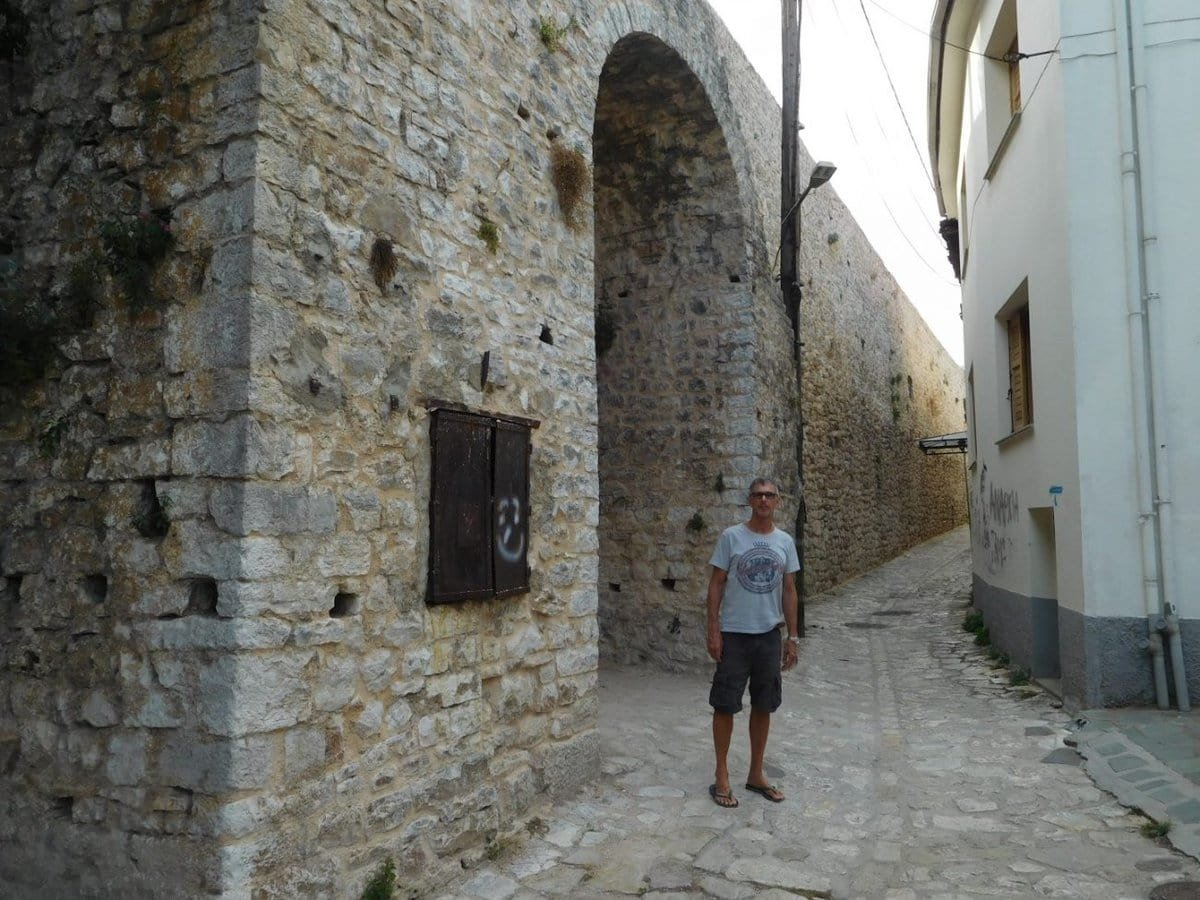We left Athens in our hired car and started our two week voyage of Greece. We had planned our route a few days before using a mix of suggestions from the internet, places we had ear-marked in advance and filled in the gaps to keep distances to a maximum of 4 hours drive, which turn out to be 6 hours with stops, but that’s ok. With my trusted navigator by my side it took us forever to get out of Athens, we just could not get onto that motorway for the life of us.
We made it out of Athens only after getting on the motorway heading in the wrong direction twice!. At this point you might think it’s all Malene’s fault but with only localized destinations shown on the road signs it’s hard to know if you are heading in the right direction. By the way we never get a GPS because we both agree they are a waste of time and besides we’ve come this far without them. A free GPS came with the car in Japan but it was in Japanese which made it entertaining, but this is Greece and I speak the language so we definitely didn’t need one.
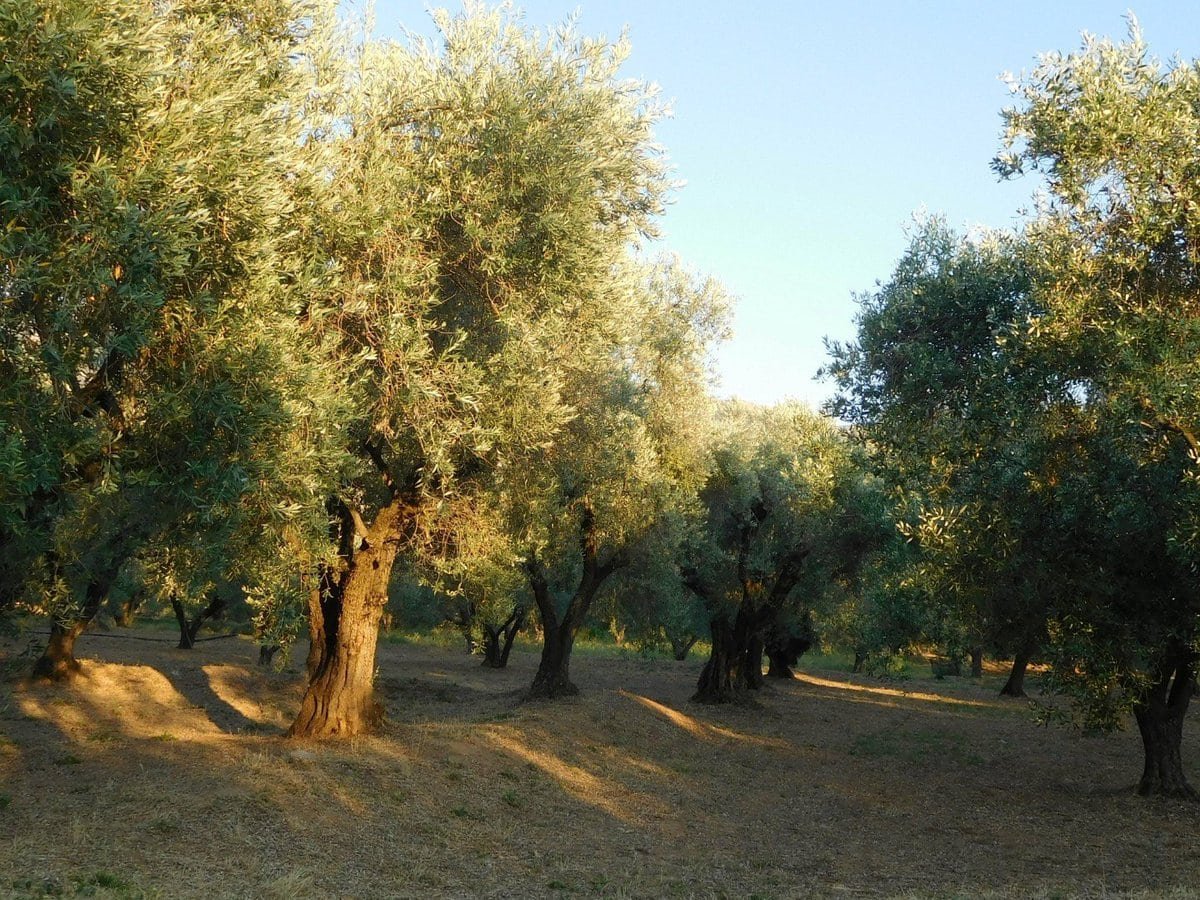
Nafplion
To visit the Peloponnese in the south we pointed the car in the direction of Corinth where we crossed the narrow canal that separates Attica and Boetia from Peloponnese and our first night would be in Nafplion. In the early days of the liberation from the Ottomans Nafplion was the capital before it was moved to Athens. I have been there with Nina (daughter No 1) years ago and loved it then, so it was nice going back plus it’s a good launch pad for the rest of the Peloponnese.

When I first climbed up Palandi fort, above Nafplion, with Nina some years back my fear of heights almost got the better of me but it didn’t stop me, not with my daughter taking the climb in her stride. But after our time on the Hanjin, where the deck was high above sea level and with little between you and the open sea other than a rail and a 40 meter drop, am much more fearless now.

The Palandri fortress sits high on a rock towering 216 meters above the little town and we would use this for our morning exercise by climbing its steep 576 steps to the entrance and back. No problems with heights this time but our calf muscles were not in the best of shape the next day.
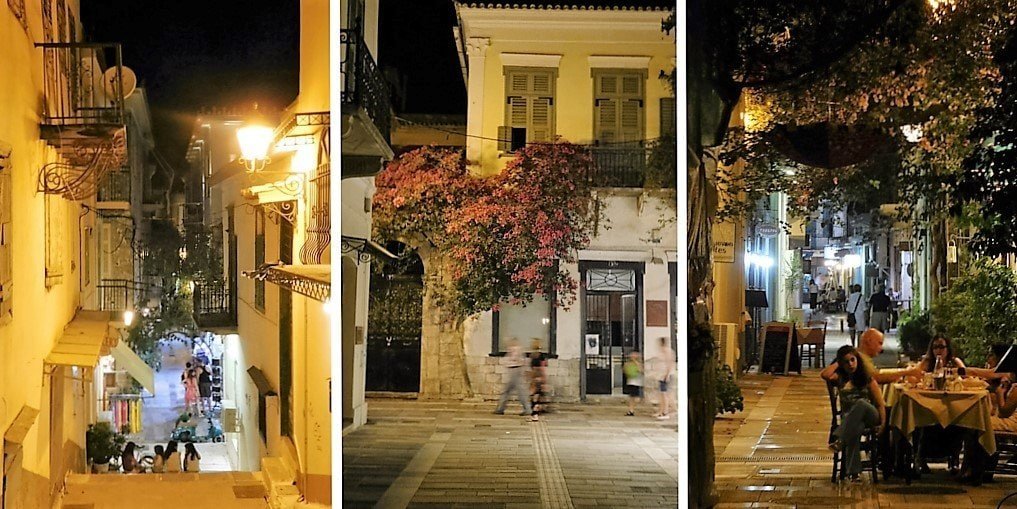
The town below the fort is very cute and at night its lane-ways come alive, but beware of the cats in Greece you just don’t want to mess with them.

There is so much about Greece’s history and mythology you can spend literally days and more reading the colorful stories. During my school days I learned it all most of which I have now forgotten, but fortunately Wikipedia is forever there to answer anything and everything you or I might want to know.
Monemvasia
About 3 hour south from Nafplion is Monemvasia, a little island just a hundred or so meters from the main land connected by a small bridge. Its name for obvious reasons means “a single crossing”. It’s renowned as a romantic spot often frequented by honeymooners who come to stay at the village and enjoy the clear blue waters before starting their life’s journey together, in our case it’s strictly business.
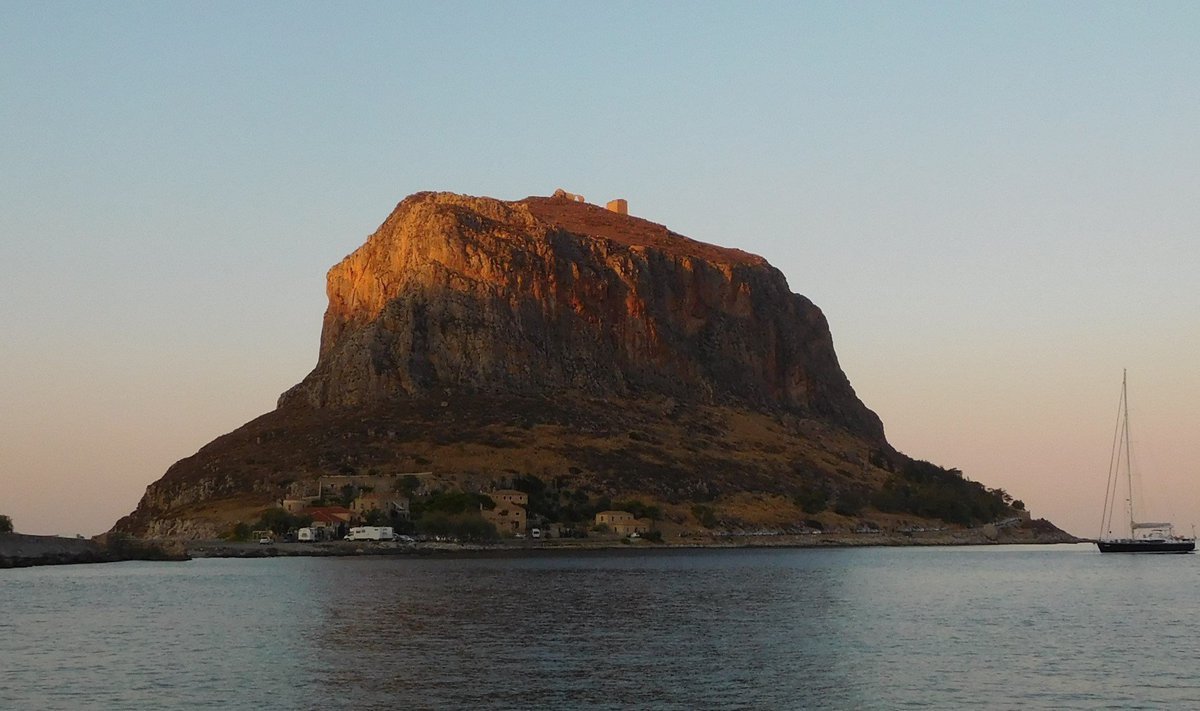
History was made here when the Turkish armada was sunk off Monemvasia during the uprising of 1821 so each year they celebrate by burning a ship with fireworks etc would be quite a sight, we will miss it by just a few days, but there’s lots more to see.
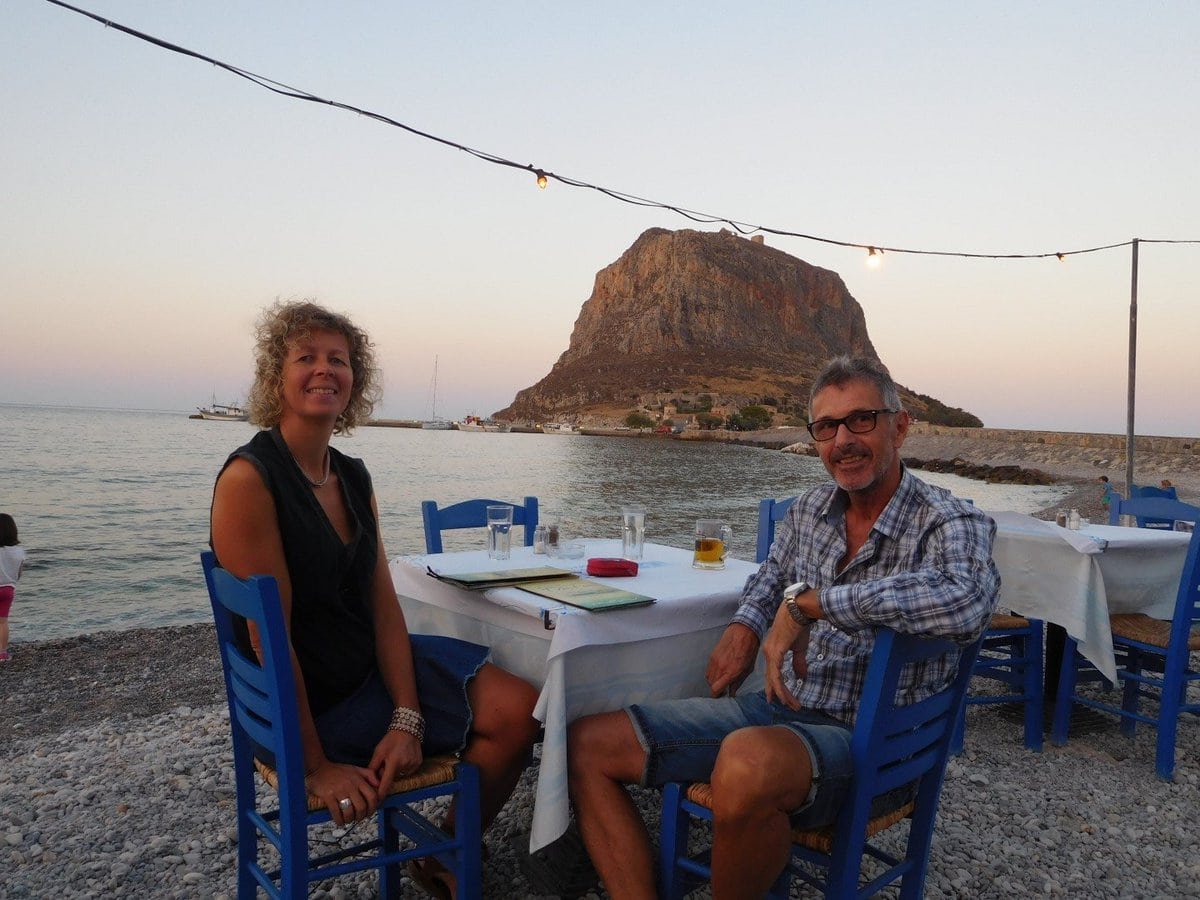
The surrounding landscape is very dramatic as in many parts of Greece but the harbors have a very tranquil feel and are perfect for a long lunch.

We stayed on the main-land so the next day we walked over the bridge to the old town on the island. It sits out of view behind the rock, originally a Byzantine town with three sets of walls each higher up the slope than the previous so as to provide three levels of protection and at the very top, as always, there is a church.
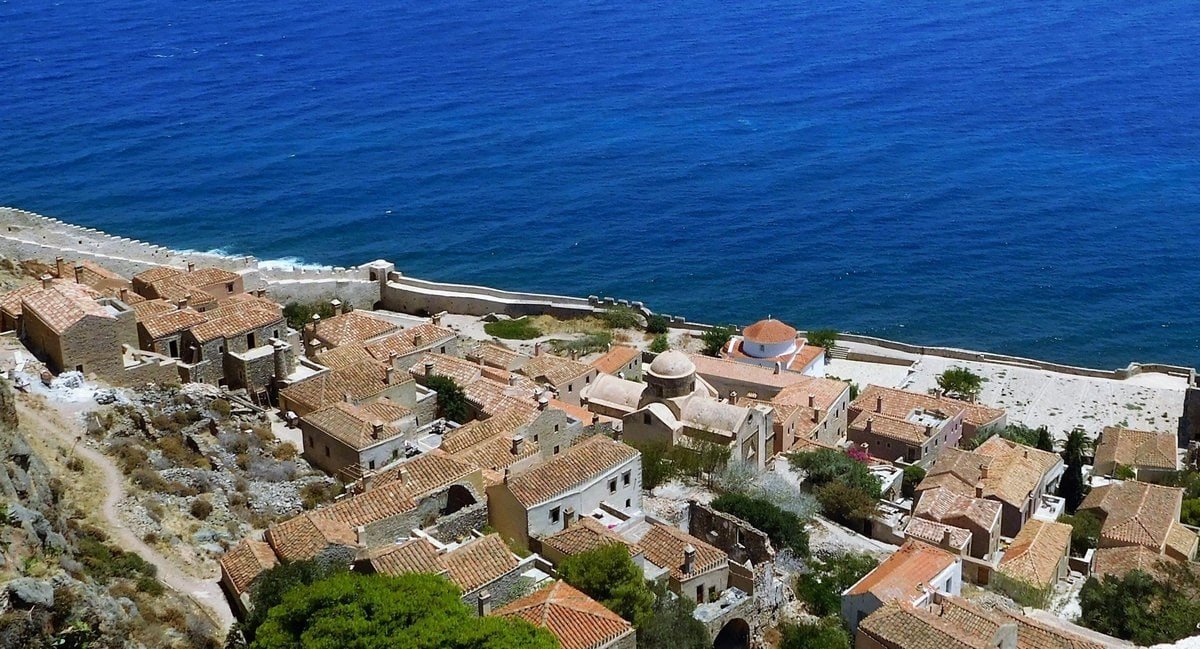
Monemvasia has been conquered by invaders over the centuries last of which were the Ottomans, their ruins still remain at the top of the rock and as we climbed up through the old town its original size became visible with ruins spread out in all directions, the only thing standing at the top was the old 12th century church.
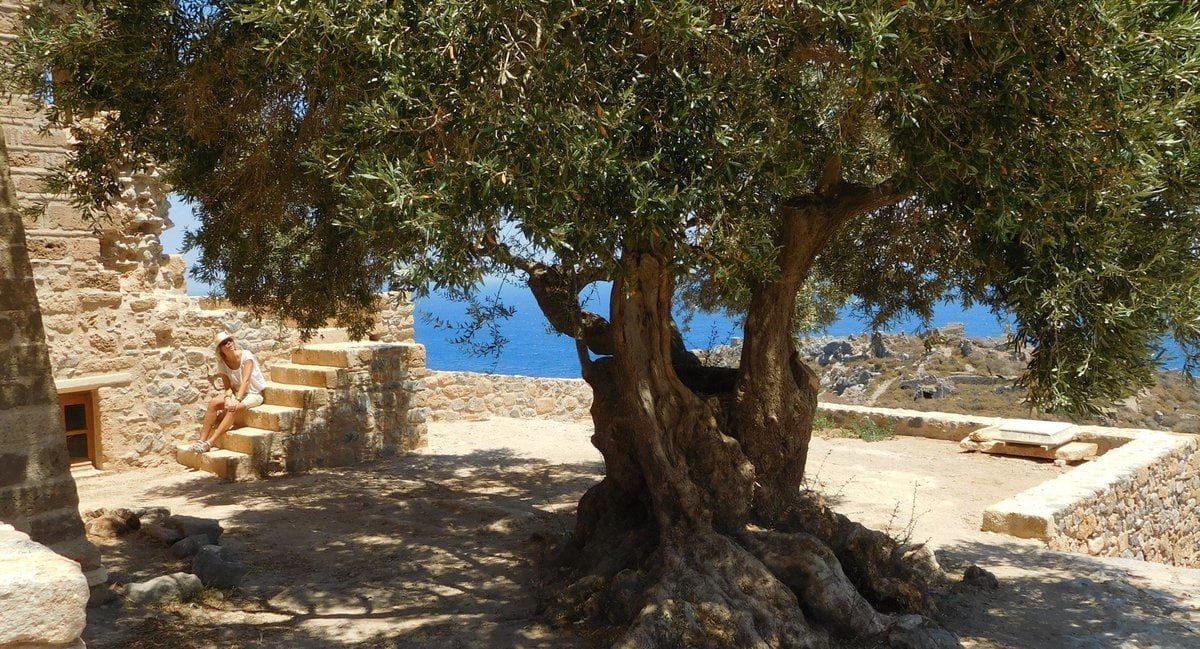
But the village bellow still hold lots of charm.
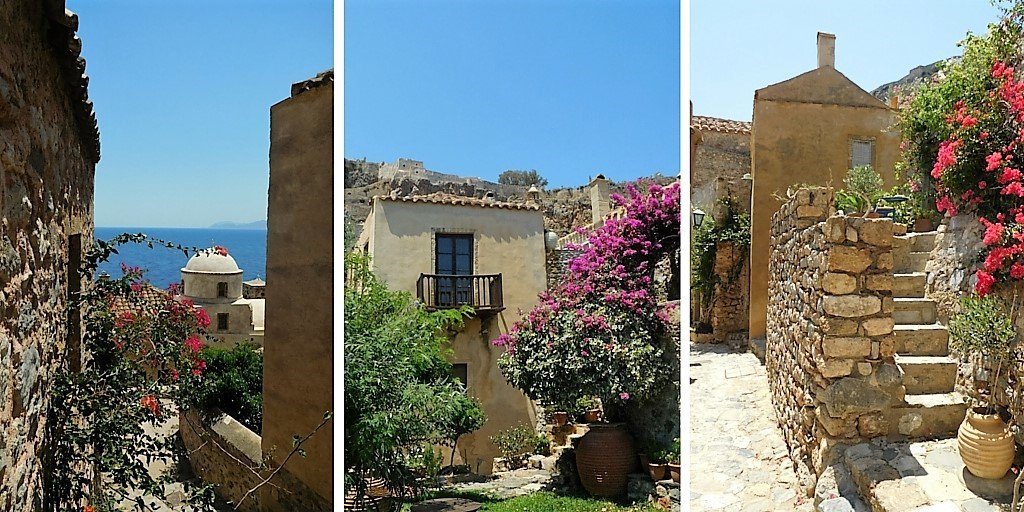
From Monemvasia we did a day trip south to a little island to spend time at the beach. However this part of our Odyssey blog is about the little towns and we will cover the beaches and ancient sites in the next one.
For those who are not sure the Odyssey is a long, very long and detailed, poetic account of Odysseus’ travels after being lost at sea on his way back from the Trojan war. The poem is attributed to the poet Homer at about the 8th century BC. The story goes like this, on his way back to Ithaka from Troy king Odysseus and his ships get lost at sea following a storm after angering the god Poseidon (god of the ocean). Poseidon was angry with Odysseus for having come up with the idea of the Trojan horse which led to Troy’s defeat. As such Odysseus and his men were lost stumbling from island to island and from one adventure to the next including having to resist the lure of the sirens, the lotus eaters (drug dealers), had to escape the clutches of a seductress and then a cyclops and more. He eventually made it home after 20 years to regain his throne, wife, son, faithful slave and dog. They didn’t have bloggers those days to cover his story but that’s where Homer came to the rescue relaying Odysseus’ story and the even earlier tale about the Trojan war in his other poem the Iliad.
Katakolon & Amfilohia

Before we leave the Peloponnese we stop for a bite of lunch in Sparta then continue our way north. We over-nighted in a little town called Katakolon, its translation has something to do with bottoms which may be due to its location but there was nothing too bottomish about it’s little harbor. We picked Katakolon by pinning the tail on the donkey and came up trumps.
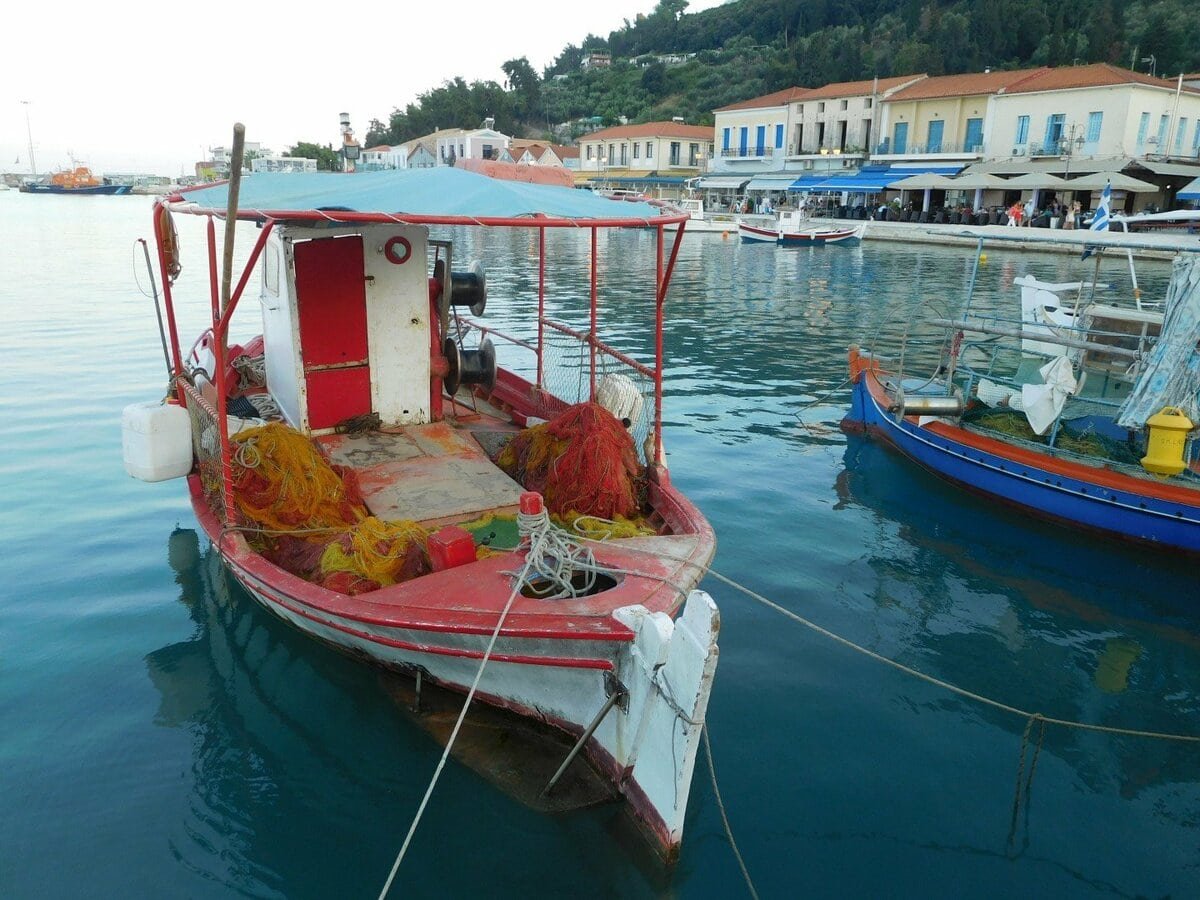
Next up and further north on the main land is Amfilohia, not as charming overall as Katakolon but as the sun went down the harbor lit up and we just sat there and got lost in a bottle of retsina (Greek white wine with added Pine flavor, love it or hate it). I now have a new retsina convert in Malene.
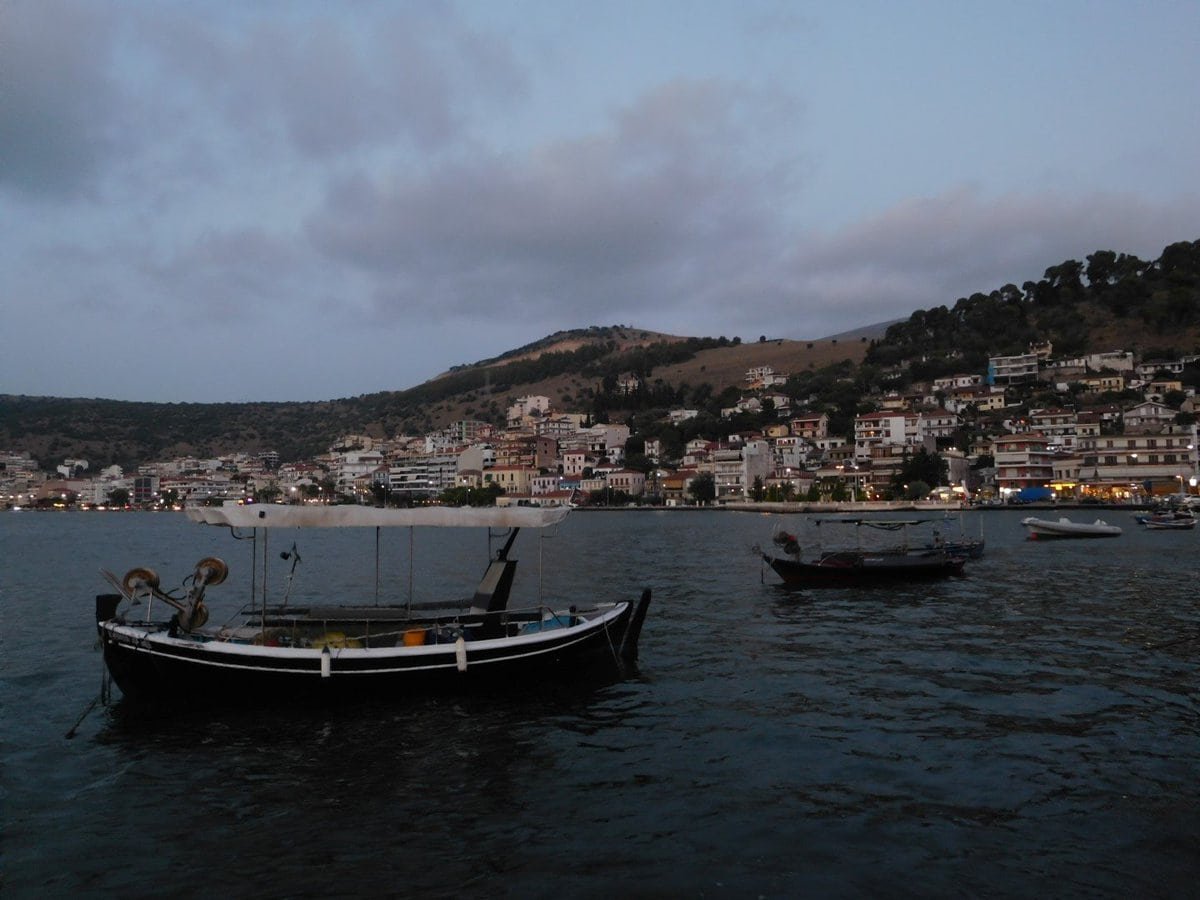
Ioannina
This is as far north as we go on this trip and we could certainly feel it in the cooler air. Greece is a mountainous country so we shouldn’t have been surprised by the “beware of ice” and ” snow chains must be used” road signs as we drove round bend after bend, but the scenery is stunning.
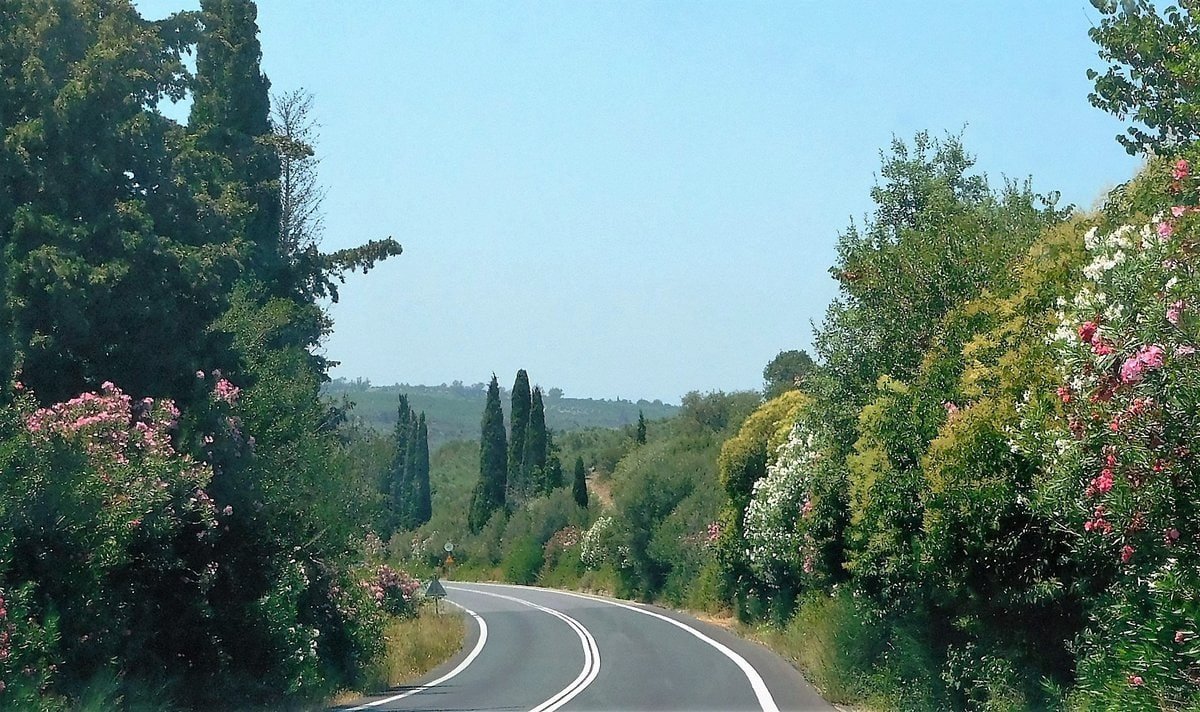
The old walled city of Ioannina was the court of the Ottoman ruler Ali Pasha who was renowned for his cruelty, wealth, harems and huge appetite for both food and the rest. Like other places in Greece Ioannina has been through many conquerors including Franks before the Turks but most of the city’s walls and ruins were added to or improved on by the Ottomans.
The castle entrance inside the old walled city
Ali Pasha gained too much influence and was eventually killed by the Sultan who sent his army against him. His head was then presented to the Sultan in Constantinople but his body was buried in the castle at Ioannina.
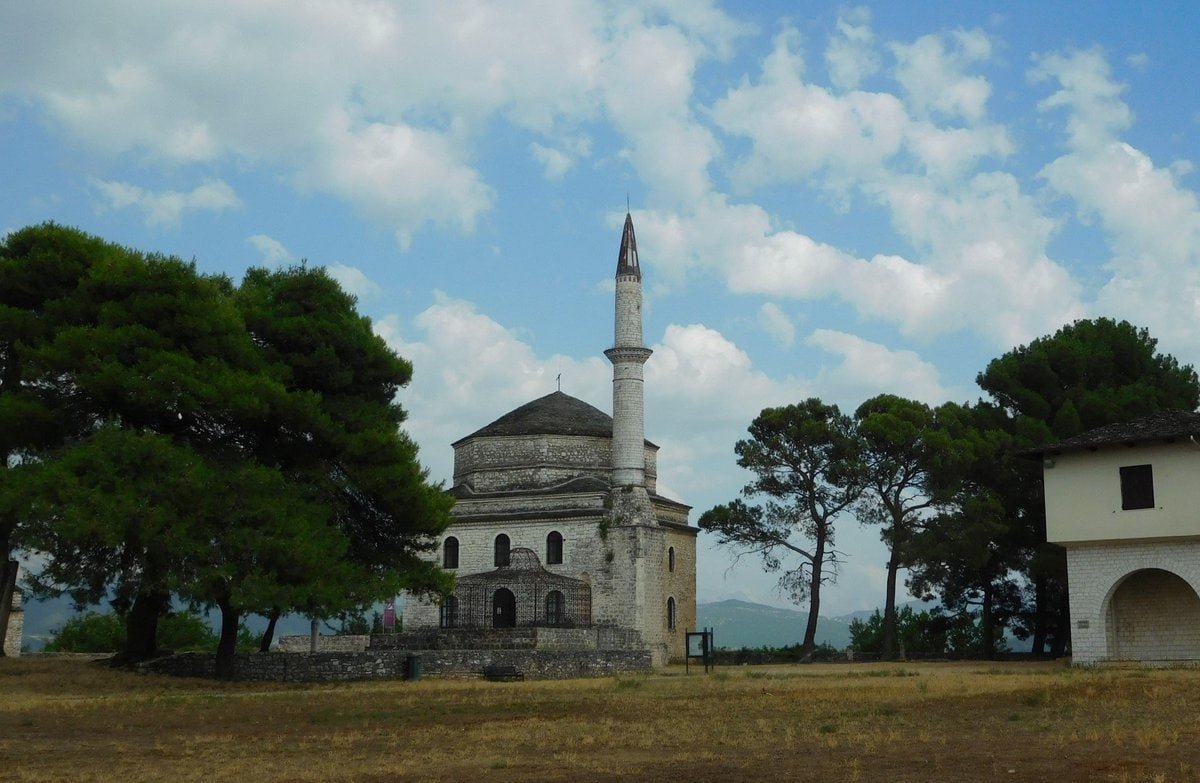
Kalambaka and Meteora
Ioannina is in the north west of Greece so our next stop is due east in Kalambaka where we were looking forward to seeing the Byzantine monasteries perched high on rocky outcrops at a place called Meteora.
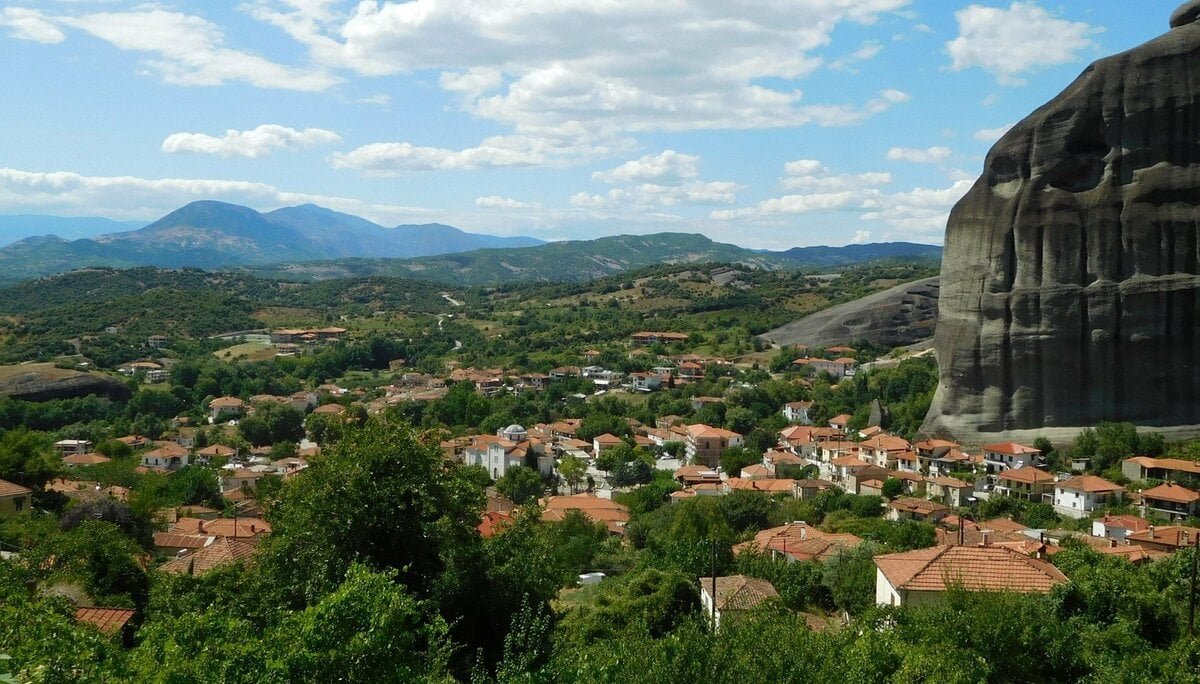
Two little villages or towns sit just below the towering rocks, so we based ourselves there and the next day we headed up the back roads to get a glimpse of the rocks and the 6-7 monasteries still operating. Hermits came to these rocks as far back as the 4th century AD for solitude and found caves high on the rock walls in which to pray and meditate occasionally coming down with rope ladders to replenish their provisions. Eventually monasteries were built on the tops of some but not all survived.
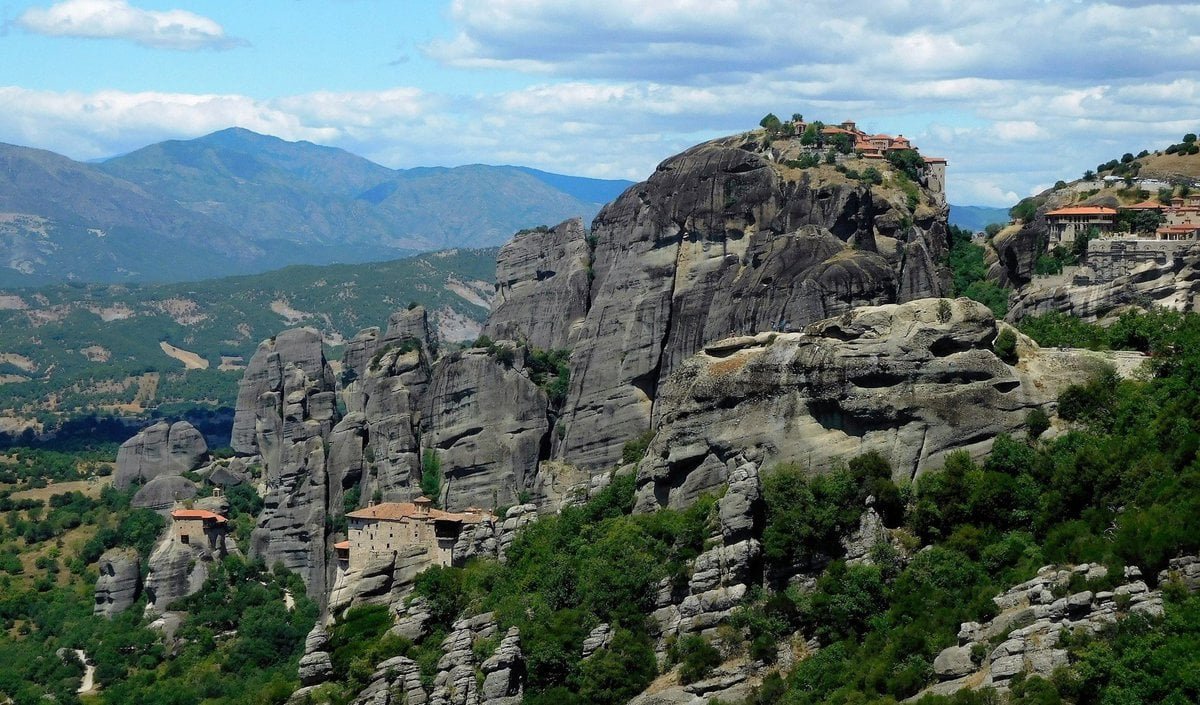
The constructions have improved over the years and old photos show the rickety early constructions compared to the ones now although these still look very precariously balanced on top of the rocks. Monks would lower themselves down from the monasteries in net sacks on the end of a long rope and get winched up again by their fellow monks. Today there are steps to all the monasteries but cables are still used for getting provisions and building materials up.


We visited some of the monasteries and noticed that the areas accessible to tourists have been upgraded from there original state which i found a little disappointing, but I figure if they don’t maintain them they too will not survive like so many other ruins up there.
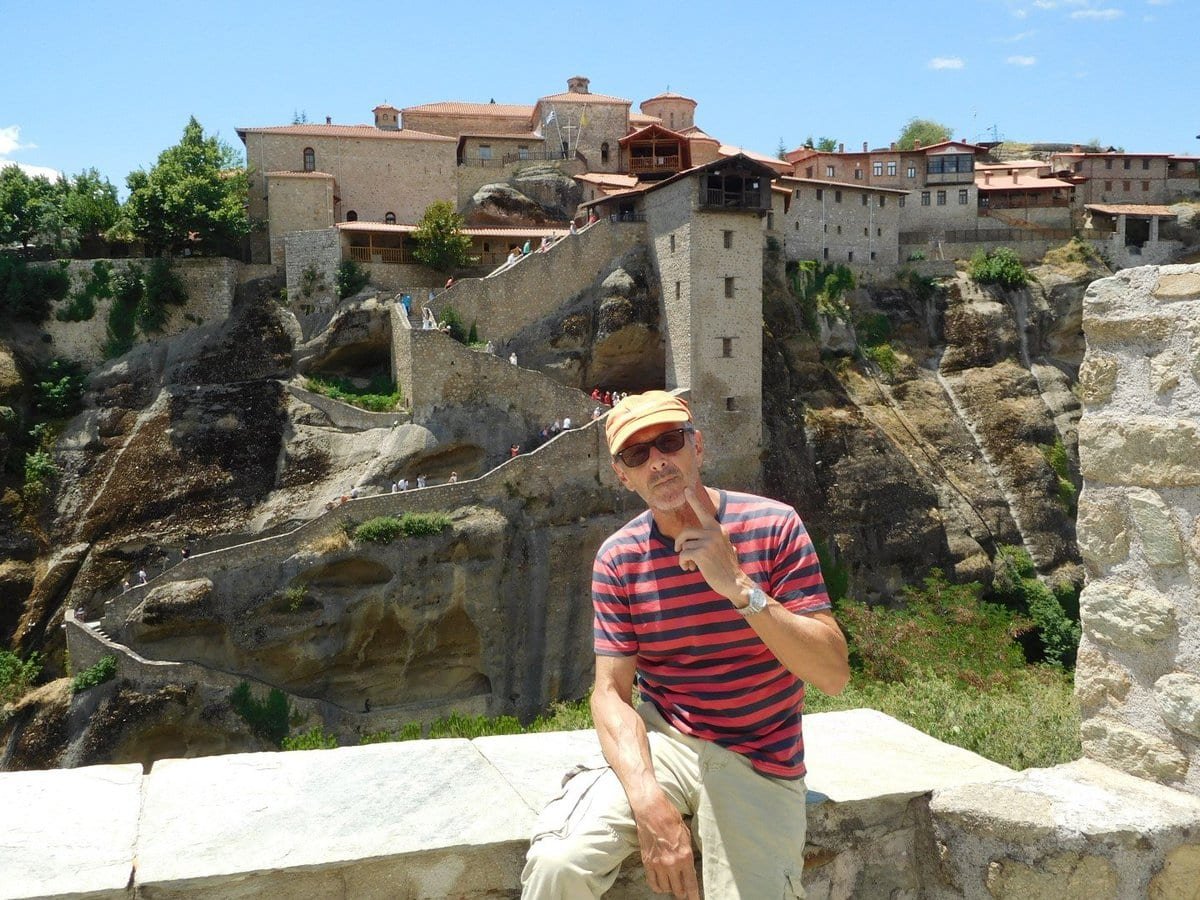

Galaxidi
We chose this little port town as it’s near the ruins of Delphi but we read that it was a nice place to spend a few days so we booked the only airbnb available and set off for Galaxidi or translated to English as ‘Milkvinegar’. Its due south from Kalambaka on the golf of Corinth.

It more than lived up to expectations with its beautiful harbor and peaceful atmosphere, hardly any tourist but just enough to add life to the few tavernas on the long daylight evenings.
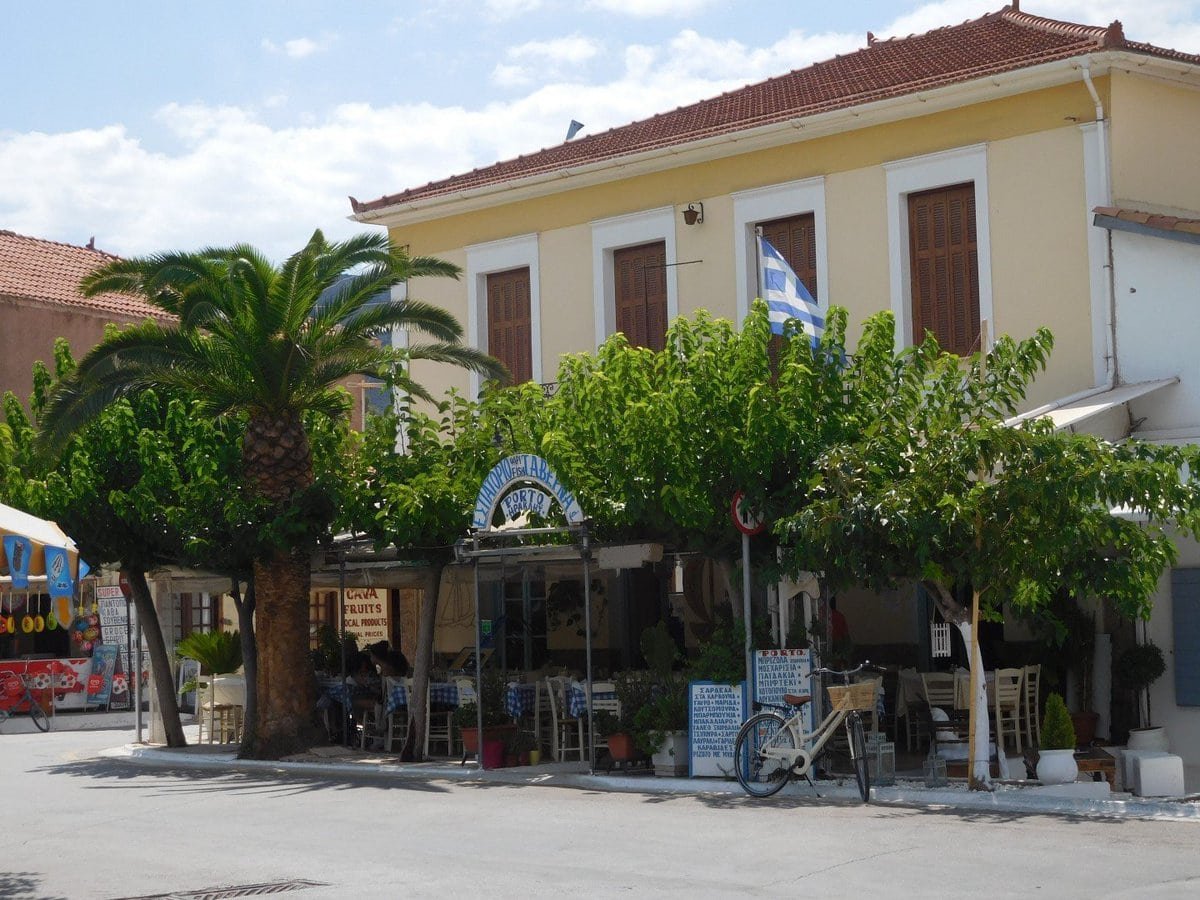
We saw a few big yachts in the harbor some from as far as Australia. Whilst we were there we got the feeling of being on an island rather than the mainland, would definitely recommend it and so easily accessible from Athens as it’s just a 3 hour drive.


